Nestled on the northeastern edge of Poland, the historic city of Białystok charms visitors with its leafy parks, vibrant cultural scene, and architectural diversity. Located in the culturally rich Podlaskie region, Białystok mixes Polish, Belarusian, Ukrainian, Jewish, and Russian influences into a distinct local culture.
| Activity | Description |
|---|---|
| Branicki Palace | An 18th-century palace with Baroque-Rococo style, ornate stucco, sculptures, and paintings. |
| Branicki Palace Gardens | Manicured gardens with geometrically shaped hedges, flowerbeds, fountains, and pavilions. |
| Białystok City Museum | A museum presenting the history and culture of the Podlaskie region and Białystok city. |
| Orthodox Cathedral | An ornately decorated cathedral with golden onion domes, iconostasis, and religious paintings. |
| Jewish Cemetery | A historic cemetery with over 50,000 graves and a Holocaust memorial. |
| Central Park | A green space for walking, cycling, and relaxing, with sculptures and seasonal flower displays. |
| Ściegiennego Estate | A residential area exemplifying socialist-era architecture in Poland. |
| University of Białystok Museum | Exhibits on nature, science, ethnography, and history of the Podlaskie region. |
| Branicki Palace Market | A market selling regional foods, arts, crafts, antiques, and clothing. |
| Orthodox Churches on Orthodox Street | Historic Orthodox, Catholic, and Protestant churches. |
| Wave of Pochodnie Festival | A music festival with live concerts, arts, food stalls, and carnival rides. |
| Street Art in Przejście | Murals and street art from local artists. |
| Museum of Icon Art at Supraśl Monastery | Displays of Orthodox icons from Byzantine to modern times. |
| Podlaskie Museum | Exhibits of traditional folk crafts, costumes, and artistic works. |
| Dining at Bacówka and Zamkowa Street | Local food experiences including pierogi and various cuisines. |
From ornate palaces and restored synagogues to lively summer concerts and craft workshops, Białystok rewards travelers looking to experience this unique multiethnic city. Here are the 15 best things to do in Białystok, Poland in 2024:
Explore Beautiful Branicki Palace

Name and Location: Branicki Palace, ul. Jana Kilińskiego 1, Białystok
History and Significance: This 18th century Baroque palace was built for and owned by the Branicki family. It suffered damage in wars but was restored and now houses museum exhibits and government offices.
What to Expect: Visitors can admire the ornate architecture and go inside to see paintings, sculptures, and exhibits on regional history, culture, and nature. The front courtyard hosts concerts.
Visitor Information: The palace is open Tuesday-Sunday 10am-6pm. Entry tickets are 10-20 PLN. Guided tours are available for groups.
This majestic 18th-century palace was built for the Branicki family in a lavish Baroque-Rococo style with ornate stucco, sculptures, paintings, and grand gardens. Wander through the lavish rooms and corridors to admire the detailed craftsmanship throughout.
Don’t miss climbing the observatory tower for palace views. The museum inside displays furnishings, art, and carriage exhibits.
Relax in Branicki Palace Gardens
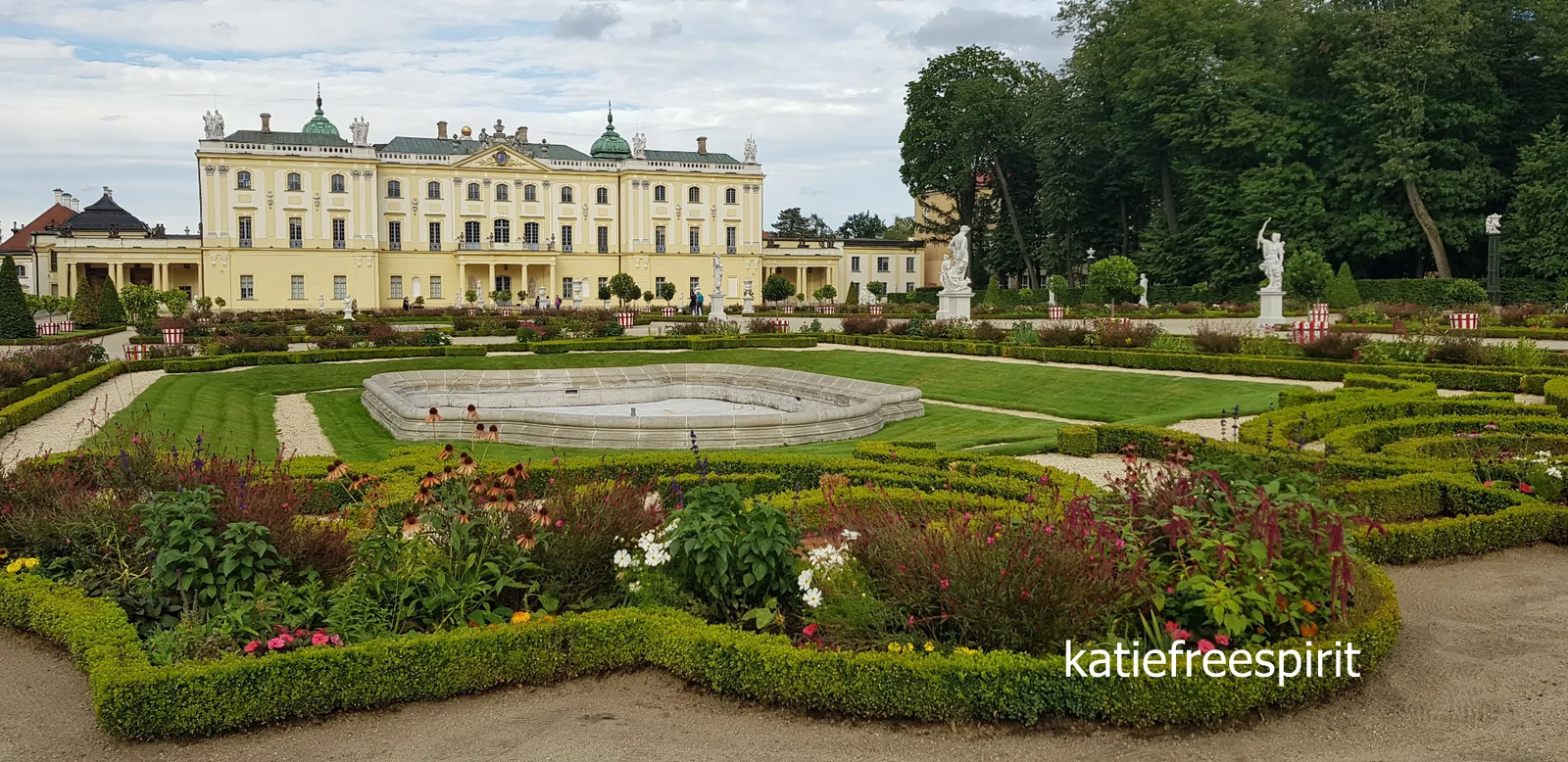
Name and Location: Branicki Palace Gardens, adjacent to Branicki Palace
History and Significance: These meticulously landscaped gardens were designed in the late 18th century in French Baroque style as the palace grounds. They have been restored to their historic beauty.
What to Expect: Visitors can walk through geometric flower beds, shady allees, manicured hedges, and see historic statues and fountains that decorate the gardens.
Visitor Information: The gardens are open daily and free to walk through. Spring and summer offer peak blooms.
The vast manicured gardens surrounding Branicki Palace provide a scenic oasis in the city. Pathways wind through geometrically shaped hedges, flowerbeds, fountains, and pavilions.
Climb to the top of the garden observatory for sweeping views. On summer weekends, the gardens host outdoor classical music concerts.
Visit the Białystok City Museum

Name and Location: Białystok City Museum, Rynek Kościuszki 10, Białystok
History and Significance: Housed in a historic bank building, this museum displays exhibits on the history, culture, famous residents, and development of the city of Białystok.
What to Expect: Visitors can learn about Białystok’s multicultural past through artifacts, documents, recreations of historic spaces, films, interactive displays, and more. English translations are provided.
Visitor Information: The museum is open Tuesday-Sunday 10am-6pm. Entry tickets cost 6-12 PLN.
Located within a majestic brick arsenal building dating to 1828, this excellent museum creatively presents the history and culture of the Podlaskie region and Białystok city.
Interactive exhibits with movies, music, and digital animations showcase everything from folk costumes to Jewish heritage to communist times. Helpful for understanding Białystok’s blended heritage.
Tour the Orthodox Cathedral
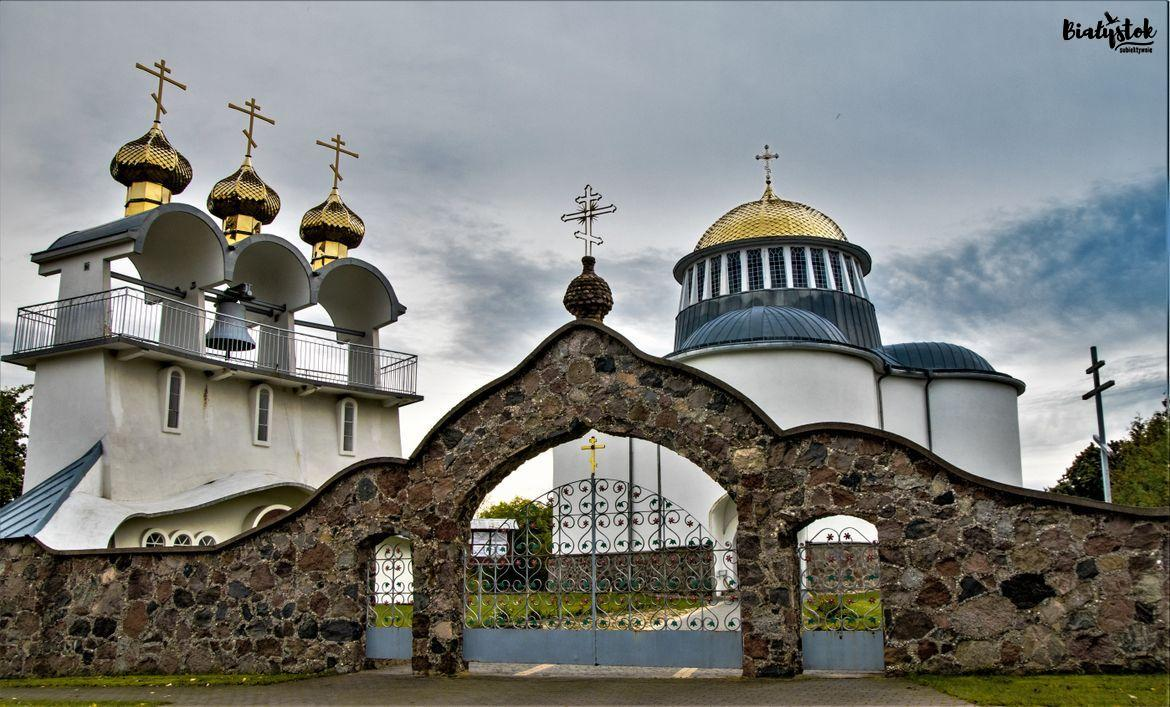
Name and Location: Orthodox Cathedral, ul. Św. Mikołaja 1, Białystok
History and Significance: Built in 1846, this is one of the oldest Orthodox churches in Poland and the seat of the Białystok-Gdańsk diocese. Its green domes make it a city landmark.
What to Expect: Visitors can admire the elaborate painted interior, iconostasis, hanging lamps, and learn about Orthodox worship traditions. Attending a portion of a service provides cultural insight.
Visitor Information: The cathedral is open to visitors daily except during services. Modest attire is required. Photography is not allowed inside.
With golden onion domes rising above the city, this impressive Orthodox cathedral began construction in the mid-1840s.
The ornately decorated interior has a lavish iconostasis and many beautiful religious paintings covering the walls and ceilings. Choral music often resonates through the cathedral, adding to the transportive atmosphere.
See the Restored Jewish Cemetery

Name and Location: New Jewish Cemetery, ul. Wschodnia, Białystok
History and Significance: This cemetery opened in 1892 to serve Białystok’s then-large Jewish community. Neglected after WWII, it has been restored with help from descendants of those buried here.
What to Expect: Visitors can walk among the graves, restored gravestones, and memorials. It is a quiet, reflective place to contemplate this part of Białystok’s history.
Visitor Information: The cemetery is open daily. Entrance is through a small visitor’s center that provides historical context. Guided tours may be arranged.
One of Poland’s most important Jewish heritage sites, this historic cemetery contains over 50,000 graves dating from the early 1800s.
Lovingly restored in recent decades, the site also has a modern mausoleum memorializing the victims of the Holocaust from Białystok. Guided tours provide context on the pivotal role of Jewish culture in Białystok.
Wander Through Central Park
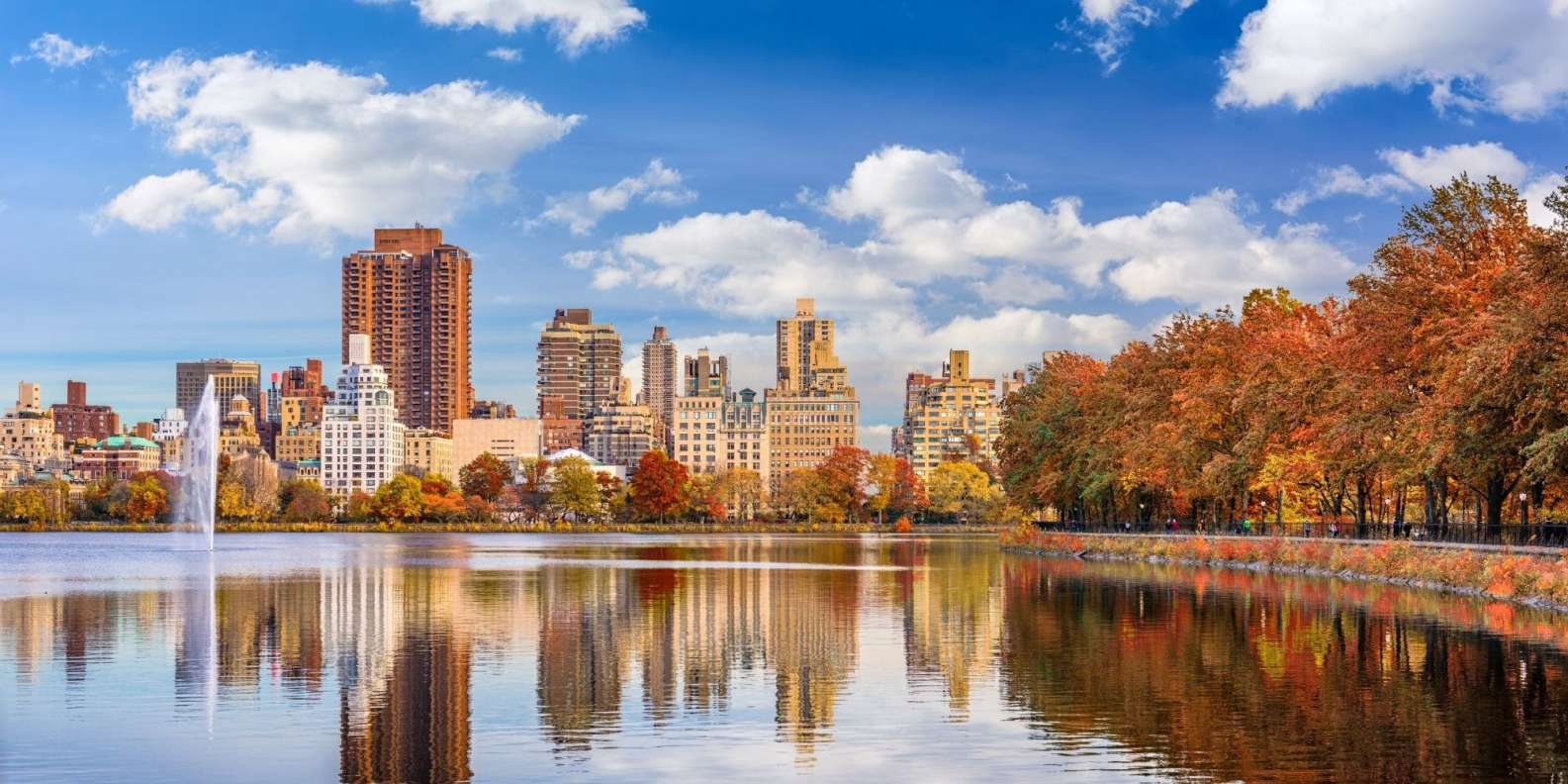
Name and Location: Central Park, Białystok City Center
History and Significance: Laid out in the 1800s, Central Park is the green centerpiece of Białystok spanning nearly 40 hectares. Locals treat it as an urban oasis for recreation and events.
What to Expect: Activities include strolling tree-lined paths, lounging on the grass, renting boats for the pond, letting kids play at the playground, and attending concerts at the Amphitheater.
Visitor Information: The park is open daily year-round from 6am to dusk. Entrance is free. Bike rentals and boat rentals are available seasonally.
Stretching nearly the entire length of Białystok, this vast green space provides a beautiful spot for walking, cycling, and relaxing amid fountains, gardens, sports fields, and cafes. The downtown section has winding paths, sculptures, and seasonal flower displays. Concerts, festivals, and markets happen here in summer.
See Socialist Architecture in Ściegiennego Estate
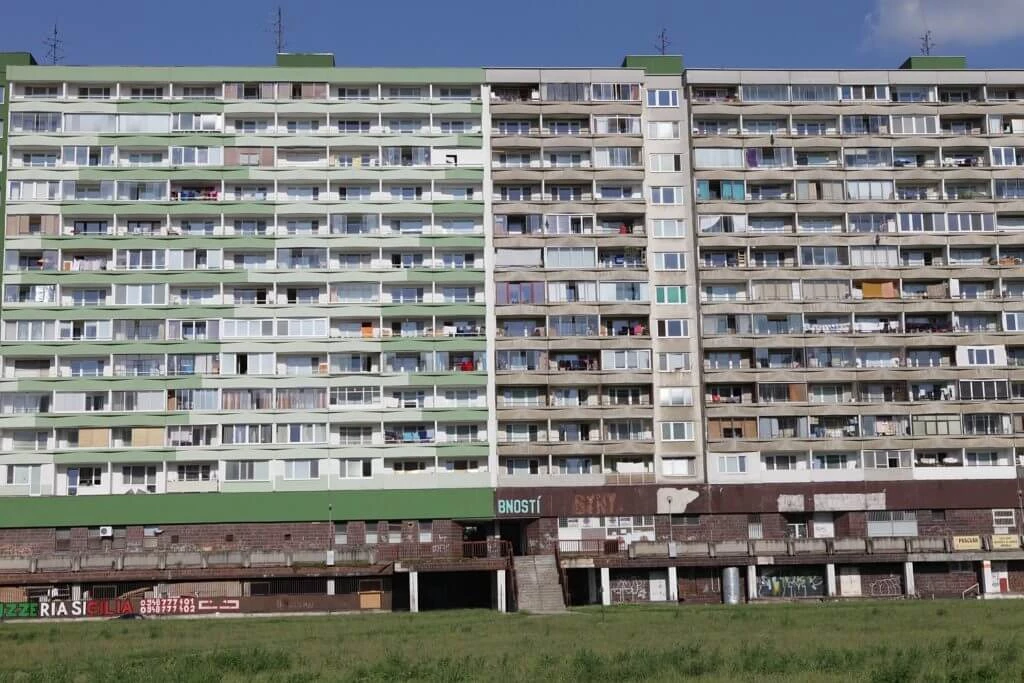
Name and Location: Ściegiennego Estate, Białystok
History and Significance: This public housing project built in the 1970s exemplifies socialist-era architecture and urban planning in Białystok.
What to Expect: Visitors can stroll through the identical apartment blocks to view the simple brick and concrete facade designs. Historic signs and art add interest. Neighborhood eateries offer a local experience.
Visitor Information: The Ściegiennego Estate is visible on a walk or bus ride through the western districts of the city. Guided modern architecture tours are available.
This expansive residential area in northern Białystok exemplifies the monumental concrete apartment blocks built in socialist Poland after WWII.
While often derided, the modernist architecture has its own stark aesthetic. Visitors can stroll the pedestrian esplanades and enjoy some chill local vibes throughout the estate.
Learn about Nature at the University of Białystok Museum

Name and Location: University of Białystok Museum, ul. Ciołkowskiego 1J, Białystok
History and Significance: This natural history museum located on the university campus houses over 300,000 specimens in its collections. Exhibits focus on biology, plants, animals, and geology.
What to Expect: Visitors can explore dioramas, displays of insects, fossils, taxidermy, plant specimens, and more. Interactive exhibits make learning engaging for all ages.
Visitor Information: The museum is open Monday-Friday 9am-3pm. Entry is 4 PLN for adults and 2 PLN for students.
Located on the university campus, this hidden gem museum has excellent nature, science, ethnography, and history exhibits covering the Podlaskie region.
Kids can view microorganisms through microscopes, see huge fish tanks, and learn about wildlife native to northeastern Poland like bison, elk, and wolves through displays and short films.
Browse the Stalls at Branicki Palace Market
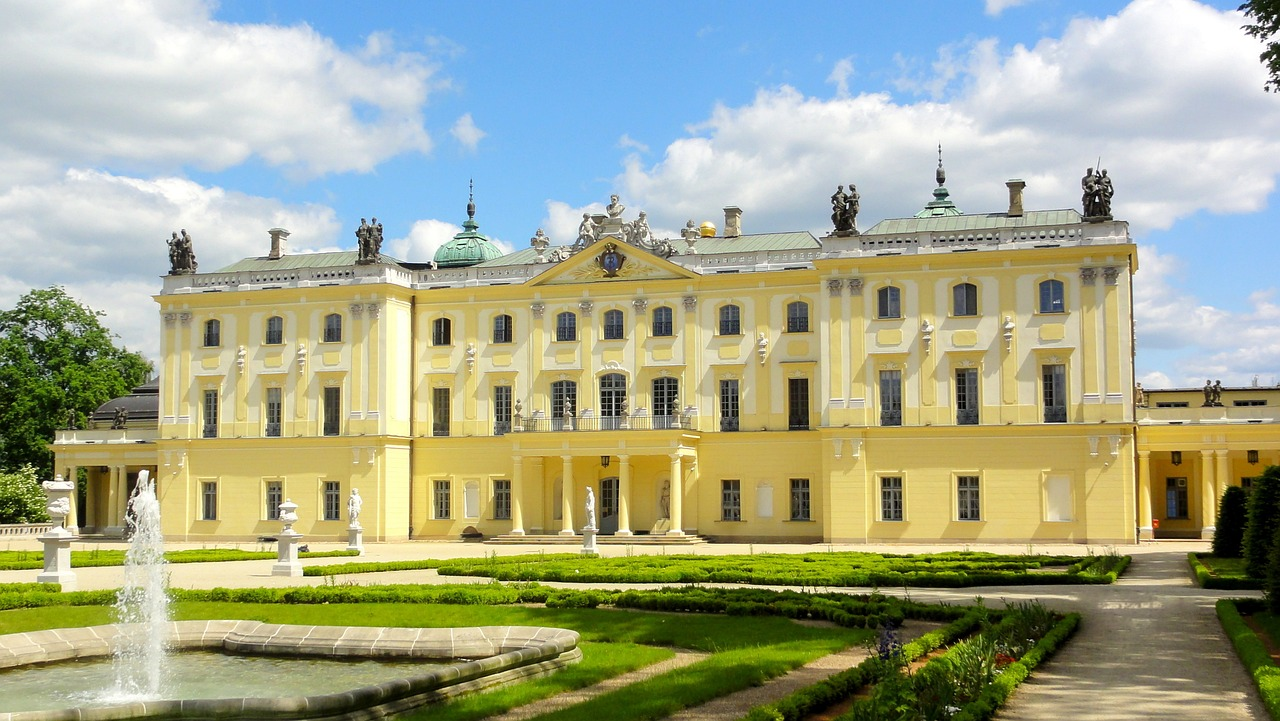
Name and Location: Branicki Palace Market, next to Branicki Palace
History and Significance: This open-air market started in the 1990s next to Branicki Palace. Farmers and artisans come to sell fresh produce, meats, dairy, baked goods, crafts, and more.
What to Expect: Visitors can browse the many stalls and vendors selling items like fruits and vegetables, flowers, handmade crafts and clothing, paintings, and specialty foods.
Visitor Information: The market runs on Saturdays and Sundays from morning until mid-afternoon. Stalls accept cash only. It is busiest before noon.
In the palace courtyard, this charming Sunday market brings together farmers and artisans selling regional foods, baked goods, arts, crafts, antiques, clothing, and more.
It’s a great spot to browse stalls while soaking in the palace ambiance. Try local delicacies like cheese, sausage, honey, or freshly made pierogi dumplings. Open spring through autumn.
See Orthodox Churches on Orthodox Street
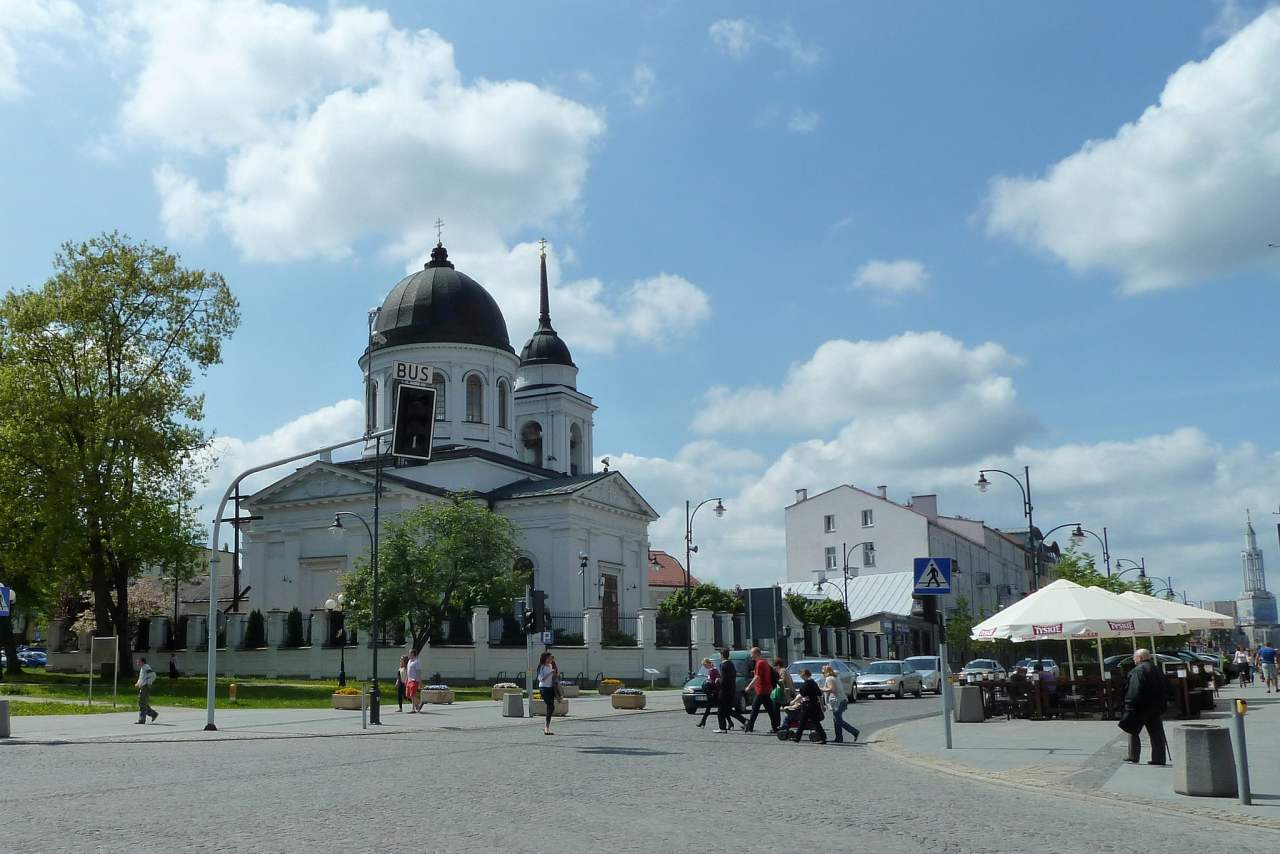
Name and Location: Orthodox Street, Białystok
History and Significance: This historic street features several Orthodox churches and cultural sites that reflect the rich tradition of Eastern Orthodoxy in Białystok and the region.
What to Expect: Strolling down the street allows you to take in the distinctive Orthodox church architecture and sample pierogi, kotlety, or chebureki at local eateries.
Visitor Information: Orthodox Street intersects Suraska Street in the city center. Sites are visible from the sidewalk anytime.
A five-minute stroll in downtown Białystok, this atmospheric pedestrian street is lined with historic Orthodox, Catholic, and Protestant churches representing the religions of the region.
Notable sights include the colorful Supraśl Icon of the Mother of God Orthodox Church and the brick towers of the Holy Spirit Catholic Church. Definitely worth a quick visit.
Experience the Wave of Pochodnie Festival
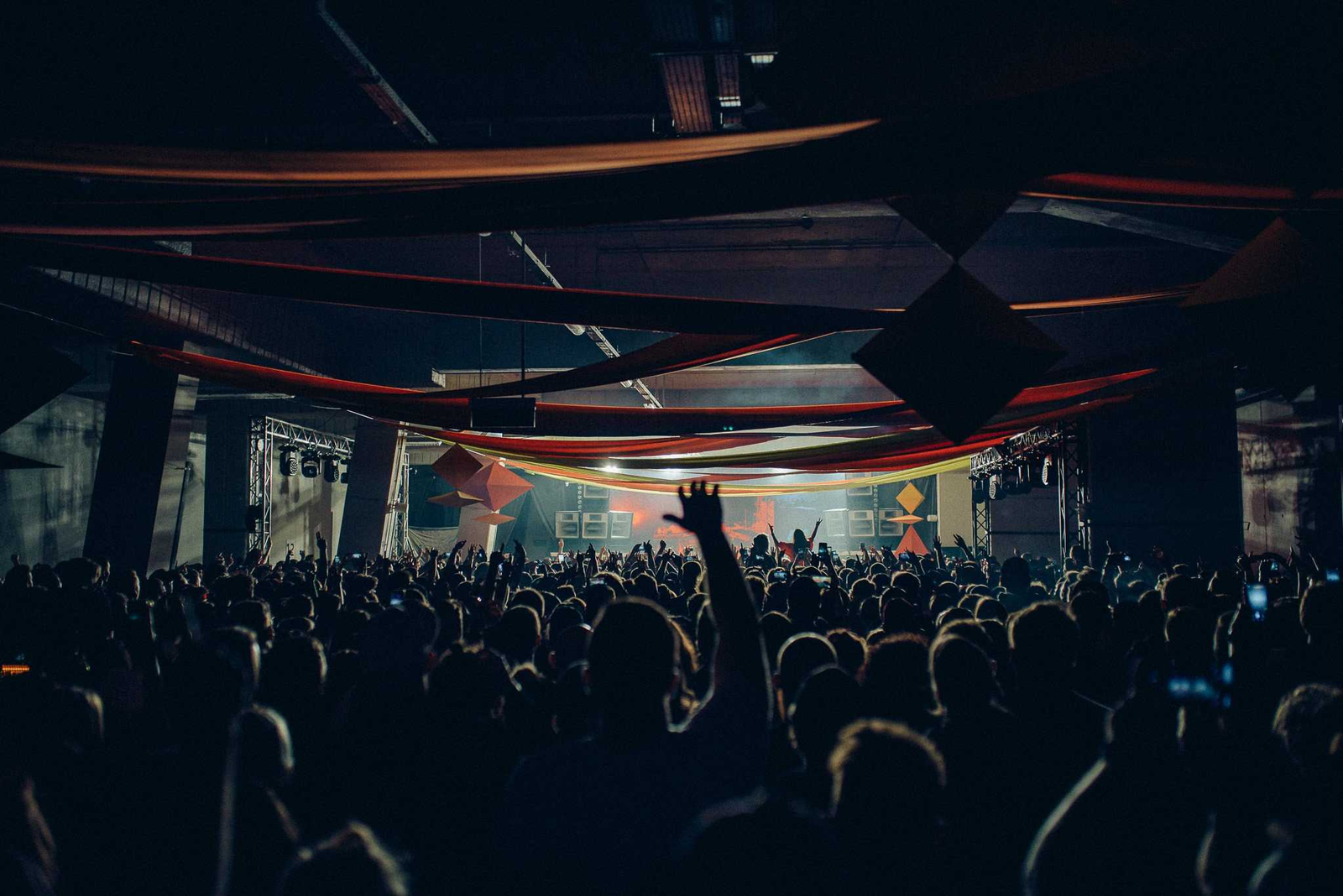
Name and Location: Wave of Pochodnie Festival, Białystok
History and Significance: This annual music festival held in July was started in 2009 and features Polish and international rock, indie, electronic and other contemporary acts performing live concerts over 3 days.
What to Expect: Festivalgoers enjoy high-energy live music on outdoor stages downtown as well as food trucks, arts, craft vendors and more. Headliners draw large crowds.
Visitor Information: The festival is held in Central Park and Dojlidy Park. Tickets can be purchased online or at the entrance.
Each June, Białystok’s massive music festival transforms the city into a hub of live concerts, arts, international food stalls, carnival rides, handicraft stands, and partying that attracts over 300,000 attendees.
Stages throughout the city center and parks feature Polish pop stars and global acts. A vibrant event celebrating culture.
Admire Street Art in Przejście
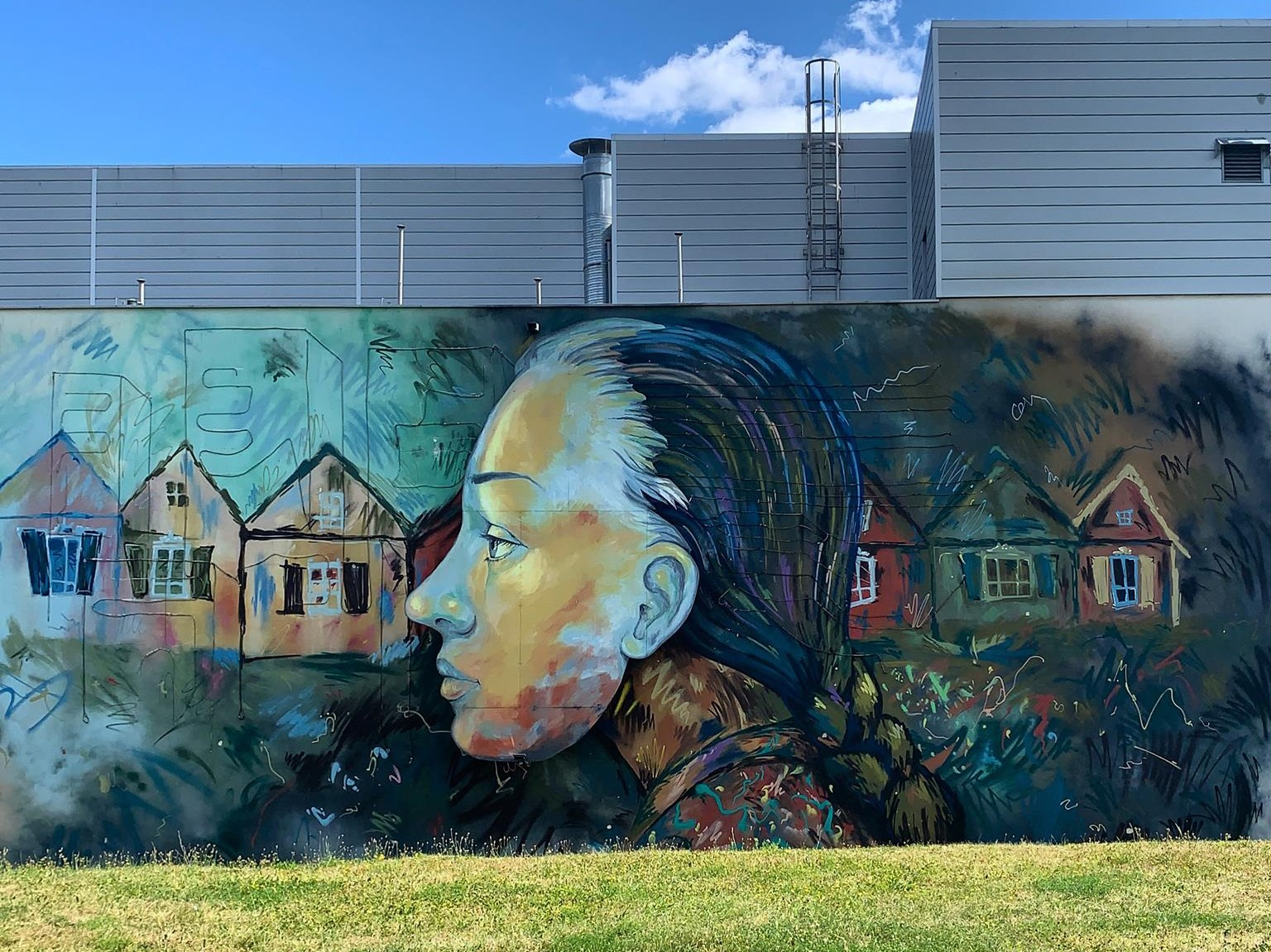
Name and Location: Street art in Przejście, Białystok
History and Significance: Przejście is an outdoor passage between two streets that has been transformed into an urban art gallery with colorful murals, graffiti, and changing installations.
What to Expect: The art ranges from creative graffiti pieces to large-scale murals by established artists. New pieces are continually added, so each visit showcases something different.
Visitor Information: Przejście connects Suraska Street and Jana Pawła II Street. Street art is visible daily for free from the sidewalk.
Białystok has a growing street art scene, best observed in the passageway of Przejście Żabia Kanapa located near the university.
The ever-evolving murals from local artists vividly color the walls with creative contemporary designs. New pieces are constantly added, making it popular to revisit and observe the changing art.
Tour the Museum of Icon Art at Supraśl Monastery

Name and Location: Museum of Icon Art at Supraśl Monastery, ul. Blotnica 1, Supraśl
History and Significance: This museum at the historic Supraśl Orthodox Monastery holds Poland’s largest collection of Orthodox Christian icons dating from the 15th-20th centuries.
What to Expect: Visitors view incredible gold, silver, and colorful icon paintings while learning about their religious meanings and artistic techniques. Guided tours are recommended.
Visitor Information: The museum is open Wednesday-Sunday 10am-4pm. Entry costs 10 PLN. Supraśl is 10km north of Białystok, reachable by bus or taxi.
A quick day trip outside the city, this 16th century Orthodox monastery displays an exquisite collection of Orthodox icons spanning centuries from Byzantine to modern times. Visitors can tour the monastery’s ornate chapels before admiring the icons, some encrusted in silver and gems, to appreciate these sacred artworks.
Learn Folk Crafts at the Podlaskie Museum
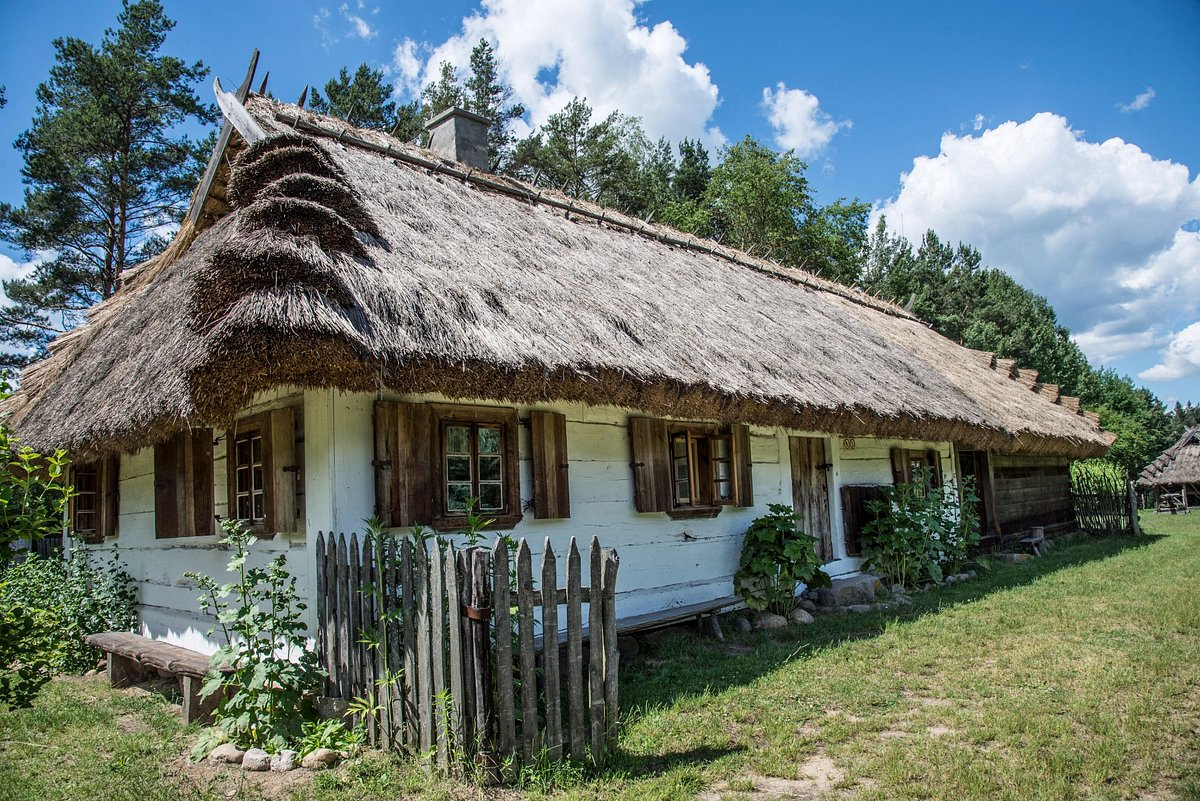
Name and Location: Podlaskie Museum, ul. Jana Kilińskiego 7, Białystok
History and Significance: This ethnographic museum located in a historic manor house documents the folk culture, crafts, and traditions of the Podlaskie region of northeastern Poland.
What to Expect: Visitors can learn about traditional crafts through exhibits of tools, textiles, pottery, metalwork, sculpture, costumes, and folk art. Some hands-on workshops available.
Visitor Information: The museum is open Tuesday-Sunday 10am-6pm. Entry tickets cost 8-10 PLN.
Dedicated to regional culture, this excellent folk museum within a 19th century manor exhibits traditional handicrafts, costumes, tools, and artistic works from Polish and Belarusian villages nearby. Craft workshops allow visitors to learn traditional skills like paper cutting, wax candlemaking, embroidery, basket weaving, and decorative egg painting.
Savor Pierogi at Bacówka
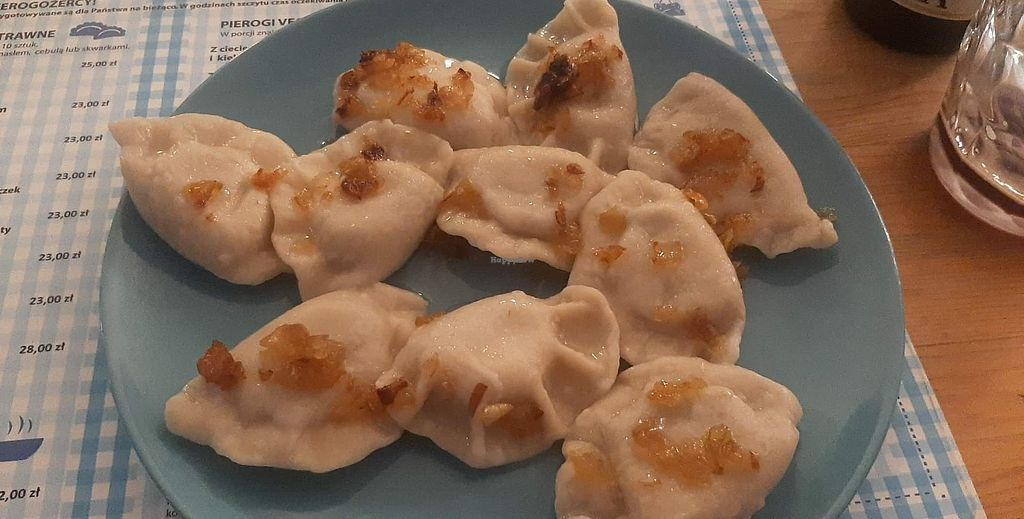
Name and Location: Bacówka, Rynek Kościuszki 17, Białystok
History and Significance: Bacówka is a popular restaurant on the main square serving traditional Polish cuisine like pierogi, naleśniki, bigos, and more. It originated as a small milk bar.
What to Expect: Diners can enjoy homemade classic Polish dishes in a cozy, contemporary setting. Trying different pierogi fillings like meat, potato, cheese, and fruit is recommended.
Visitor Information: Bacówka is open daily 11am-10pm. Dishes are affordably priced. Reservations recommended on weekends.
For the best local food in Białystok, head to this community cultural center situated in a historic railway building. Their kitchen serves delicious pierogi dumplings stuffed with both traditional and contemporary fillings like seasonal berries or spicy Thai. It’s run by volunteers promoting Białystok culture through food, workshops, and events.
Dine at Zamkowa Street Restaurants
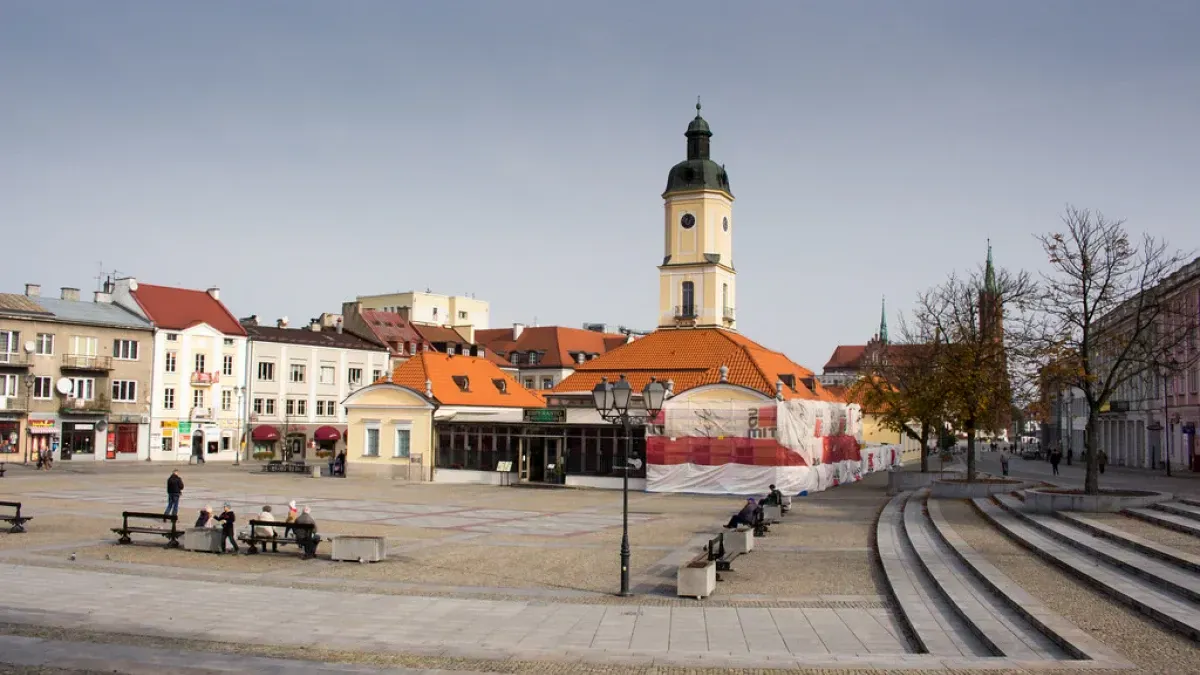
Name and Location: Zamkowa Street, Białystok
History and Significance: This quaint cobblestone street near Branicki Palace is lined with restaurants, cafes, and bars housed in restored townhouses. It comes alive at night.
What to Expect: Diners can enjoy an upscale meal or casual European fare and drinks on terraces overlooking the street. Musicians and performers entertain at night.
Visitor Information: Zamkowa Street is pedestrian-only. Most eateries are open from noon until late evening daily. Reservations recommended.
Closed off to create a pedestrian zone, Zamkowa street is lined with outdoor cafes perfect for people watching. Find Italian trattorias, hip bistros, burger joints, Middle Eastern restaurants, craft beer pubs, and more. With St. Roch Church at one end and the Branicki Palace at the other, the streetscape has loads of charm.
Conclusion
Blending Polish, Belarusian, Ukrainian, and Jewish heritage, Białystok rewards travelers with its lavish palaces, vibrant festivals, restored Jewish sites, and lively arts scene. Use this list of top attractions and activities to fully experience Białystok’s multiethnic blend when visiting in 2024.
From unwinding in lush parks to learning folk crafts to admiring the city’s ornate landmarks, Białystok offers cultural immersion and scenic nature in northeast Poland’s fascinating Podlaskie region.


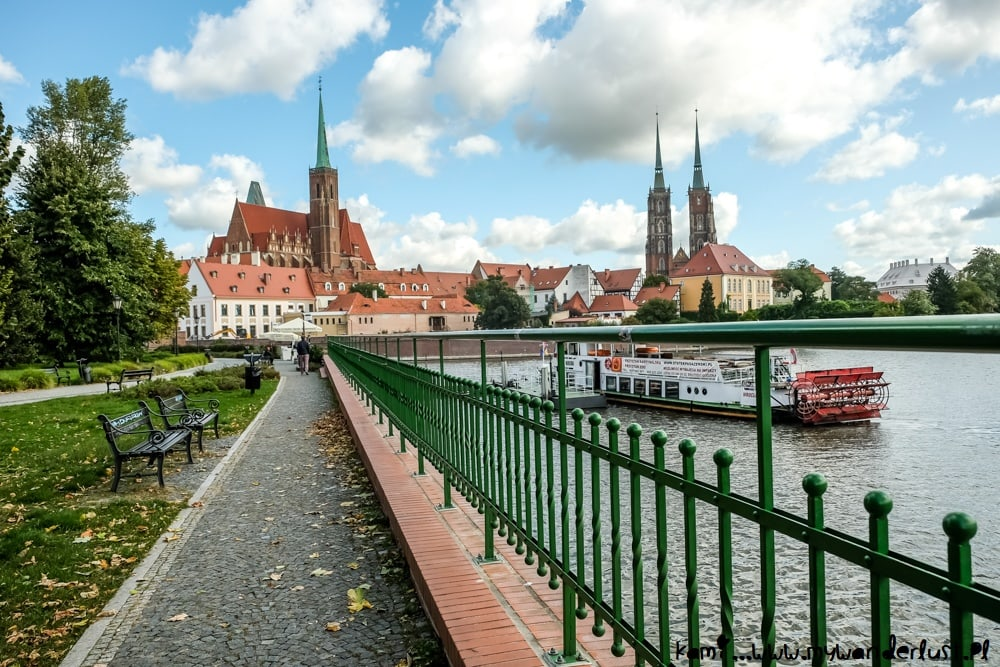


Join the Conversation